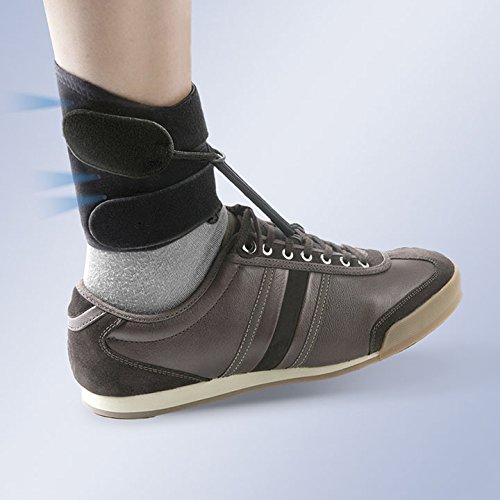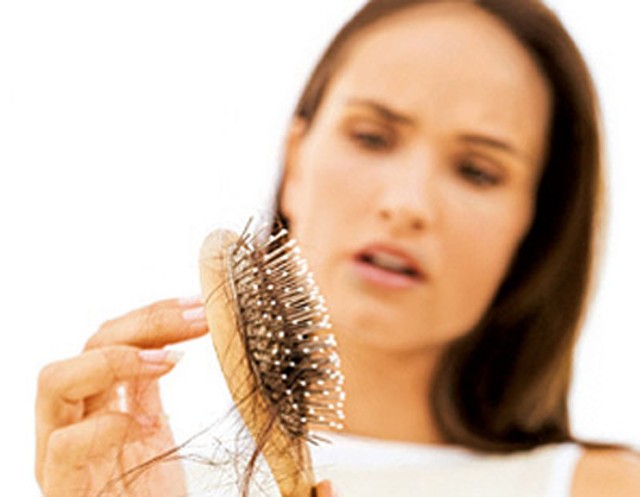Making the Bedroom Safe and Comfortable
Your bedroom is a place where you should feel safe and comfortable and have a sense of privacy.
To make it safer:
- Make sure that help is easily and quickly within reach via telephone.
- Have a light switch near your bed.
- Move and reorganise clothes and personal items to make them easier to access. This may involve putting the clothes you wear most often in a place where you can easily reach them, lowering closet rods or shelves and replacing drawer handles with ones that you can easily open.
- Use a nightlight and clear a path for easy access to the toilet at night.
- To avoid accidents at night, keep a commode chair near the bed.
- Since some accidents are unavoidable, consider placing disposable “blue pads” underneath your sheets. With cloth on one side and waterproof material on the other, blue pads can prevent bed staining. Some blue pads are disposable and others are washable and reusable.
Getting Dressed
- To make dressing yourself easier:
- Avoid tight-fitting sleeves, armholes, pant legs and waistlines.
- Select clothes with fasteners in the front.
- Replace buttons, zippers and laces with Velcro fasteners.
- Speak with other stroke survivors for ideas and resources.
Try out dressing aids (things that make dressing easier) and adaptable clothing. You can find them on Internet sites and at health supply stores.
Check out the following websites
for adaptable clothing:
http://www.makoa.org/clothing.
htm
http://www.professionalfit.com/
Taking Care in the Kitchen
- To get back into your own kitchen, you may need to adjust to a small space where things can be hard to reach.And if you have less sensitivity in your hands and arms, you must learn how to manage many sharp or hot objects that pose serious dangers in the kitchen. To work independently and accident-free in the kitchen, plan ahead for cooking tasks.
- Consider the control buttons you use to turn your stove on and off and change the temperature from low to high. Controls at the front of the stove are easier and safer to use than the traditional back-of-the-stove controls. Also, push-button controls typically are easier to use than those that turn.
- Automatic shut-off controls can be installed for safety.
Consider an over-the-stove mirror to help you see stove top contents if cooking while seated. - Keep a clear space near the stove where you can place a hot pot or pan quickly.
Make sure you have oven mitts on hand. - Keep a fire extinguisher nearby.
- The kitchen table should be at the right height for a wheelchair or for a chair with arms that supports your posture.
- What Can Help
Ask your doctors and therapists to help you solve everyday living issues. - New resources, equipment and therapies are available each year. Take advantage of them to improve your quality of life.
- Continue to set new goals for your stroke recovery.
- Be creative.
- Get information on stroke recovery from your local stroke association.
- Join a stroke support group. Other survivors will understand, validate your issues, and offer encouragement and ideas for managing life at home.
- Speak honestly with your family and caregivers about your home living needs.
They’ll be glad you did, and, together, you can often work out the best solution.
Professionals Who Can Help
Occupational therapist, who helps stroke survivors manage daily activities.
Physical therapist, who assess problems with moving, balance and coordination.
Rehabilitation is a lifetime commitment and an important part of recovering from a stroke. Through rehabilitation, you relearn basic skills such as talking, eating, dressing and walking. Rehabilitation can also improve your strength, flexibility and endurance. The goal is to regain as much independence as possible. Remember to ask your doctor, “Where am I on my stroke recovery journey?”







